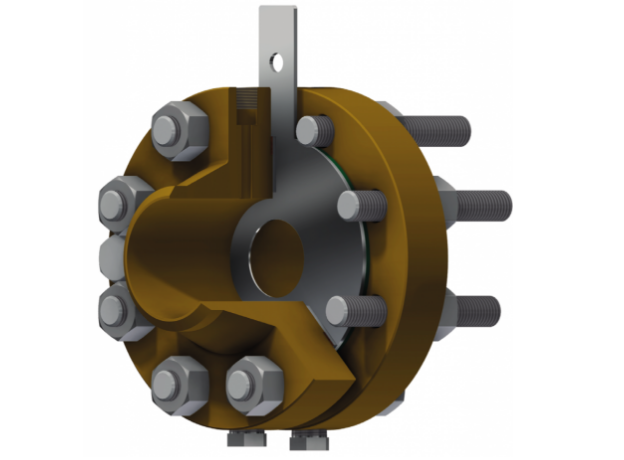Principally, an orifice plate is a precision instrument. In best circumstances, the inaccuracy of Orifice plates can possibly fall in the range of 0.75-1.5% AR.

However, there are numerous error causing conditions which can terribly affect the accuracy of an Orifice plate…
Following factors are used to judge the performance of an Orifice plate:
- Precision in the bore calculations
- Quality of the installations
- Condition of the plate itself
- Orifice area ratio
- Physical properties of the fluid flow under measurement
Further class of installation depends upon following factors
- Tap location and circumstance. Generally, there are three ways to position a pressure tap.
- Provision of the process pipe
- Competence of straight pipe runs
- Gasket intervention
- Misalignment of pipe and orifice bores
- Lead line design
Extra detrimental conditions consist of
- Dulling of the sharp edge or nicks caused due to corrosion or erosion.
- Warpage of the plate because of waterhammer and dirt.
- Grease or secondary phase deposits on any of the orifice surface.
Any of the above said conditions has the tendency to affect the discharge coefficient of an orifice plate to a large extent